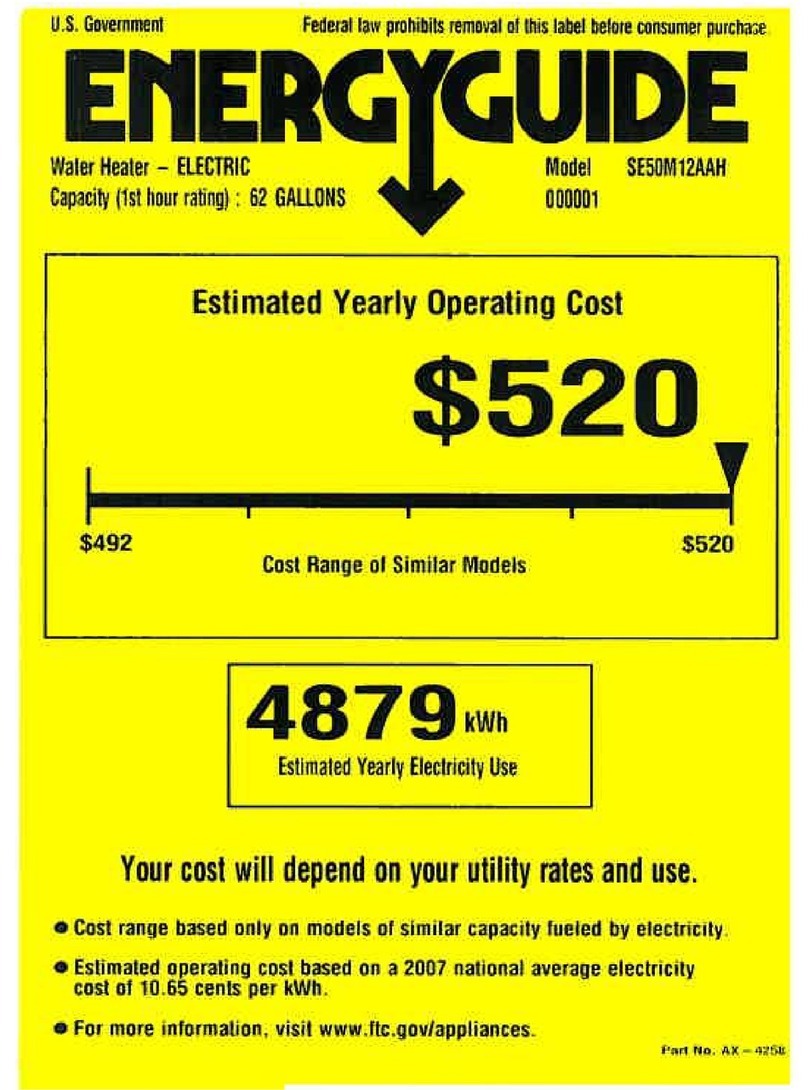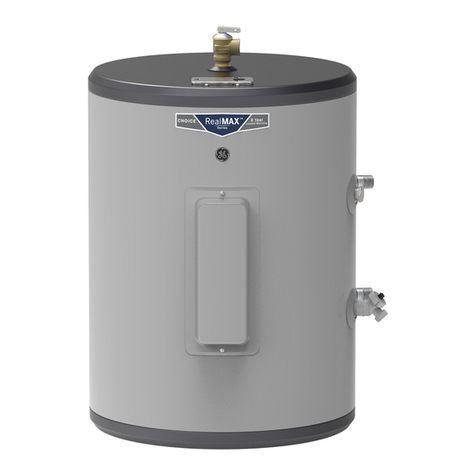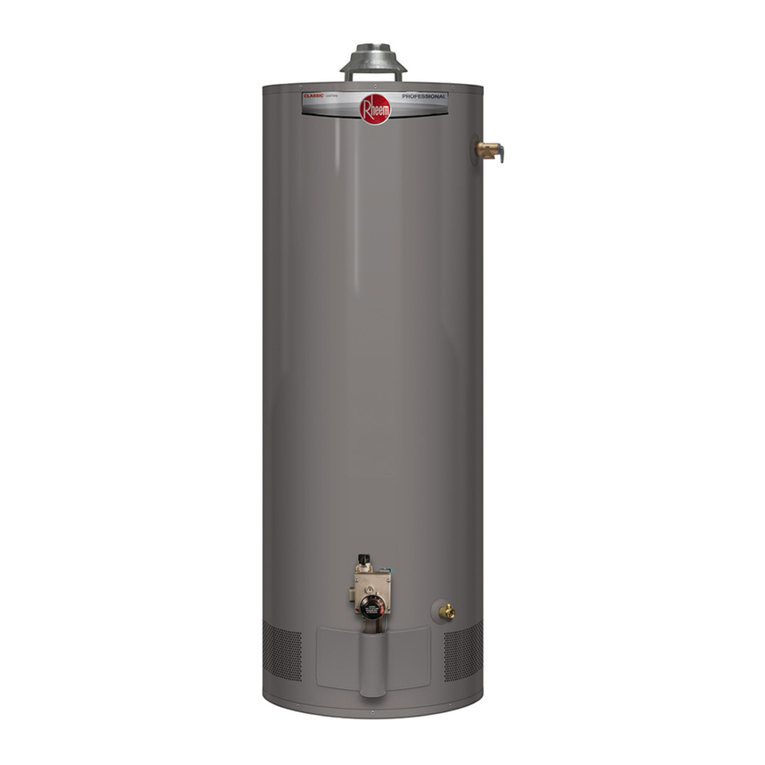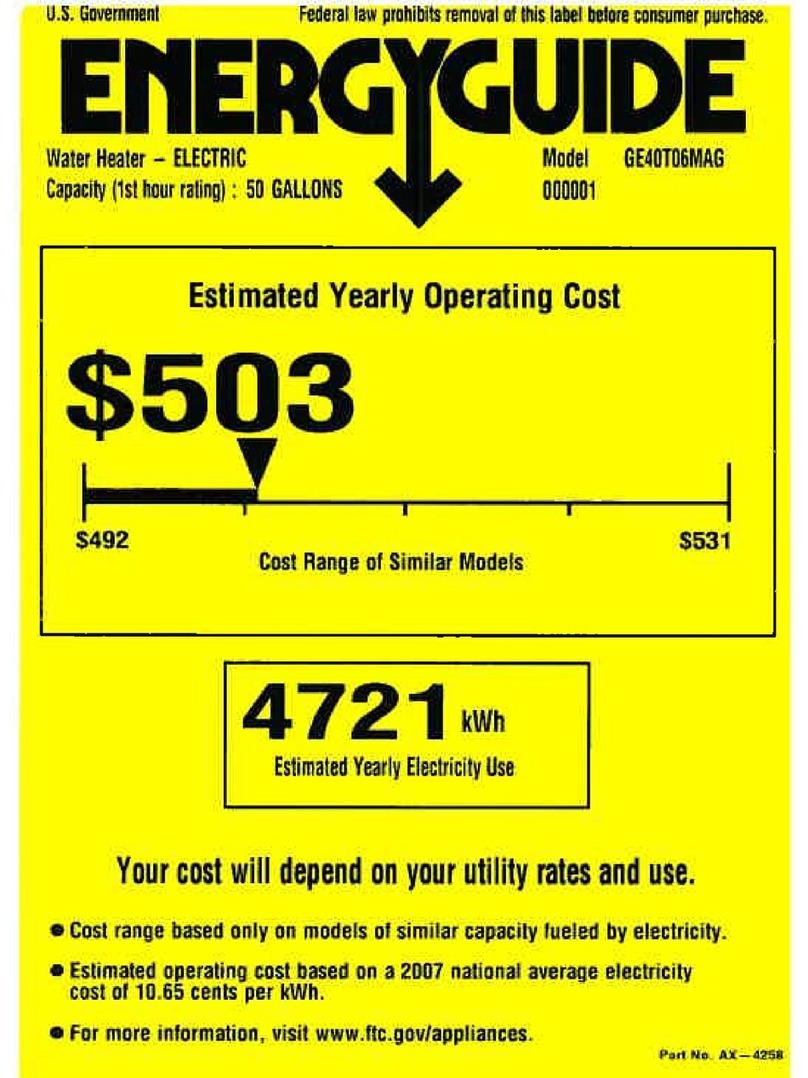GE Appliances GEH5ODNSRSA Operating instructions
Other GE Water Heater manuals
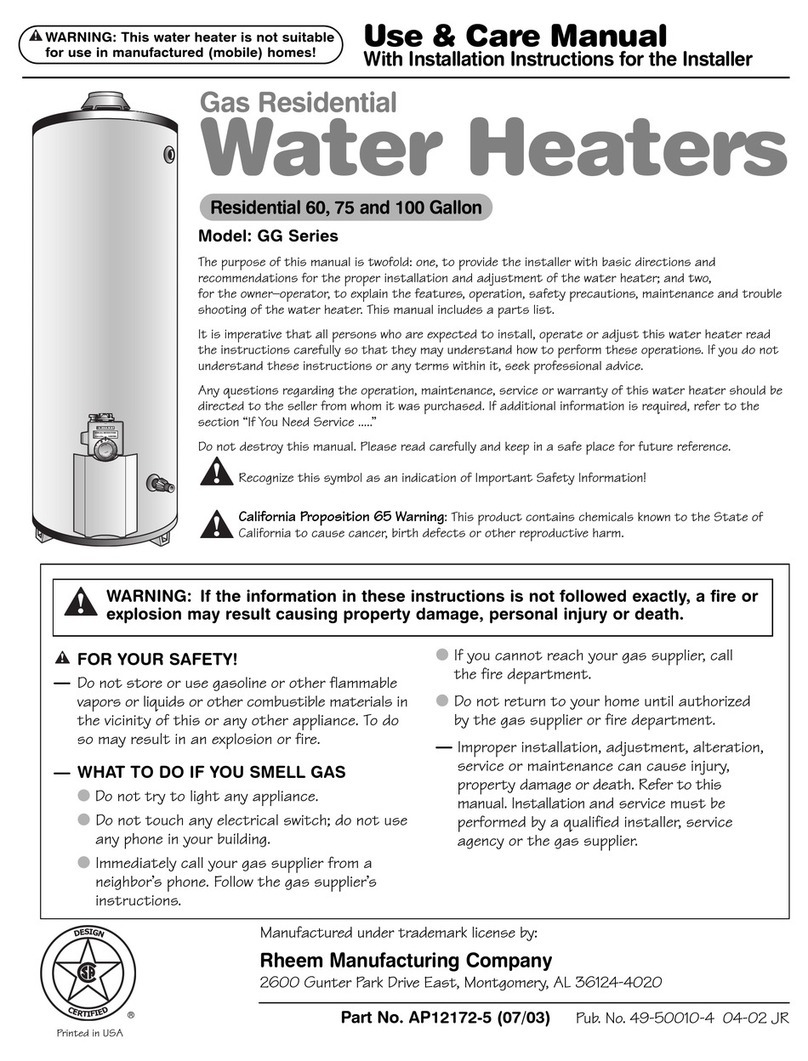
GE
GE GG75T06ASK User manual
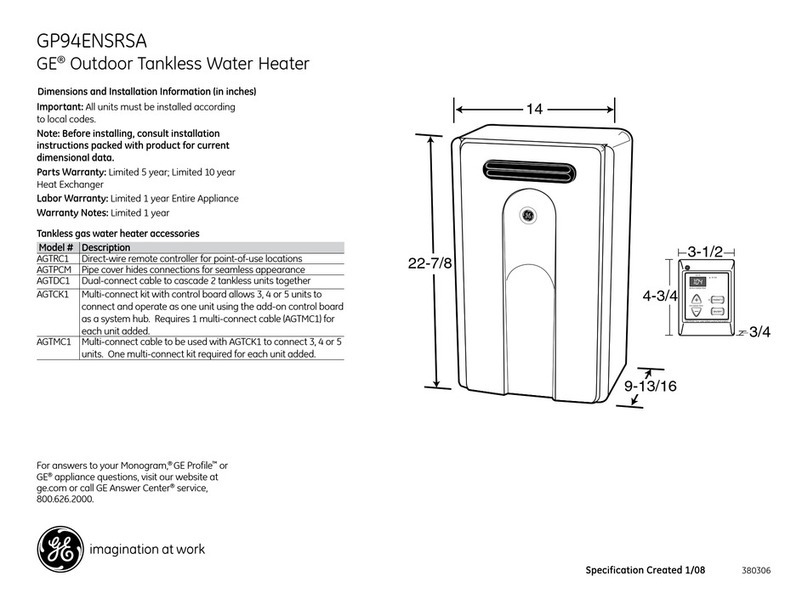
GE
GE GP94ENSRSA User manual
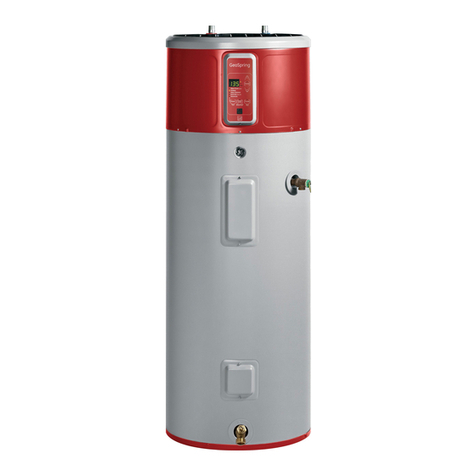
GE
GE GeoSpring GEH50DEEDSR Original instructions
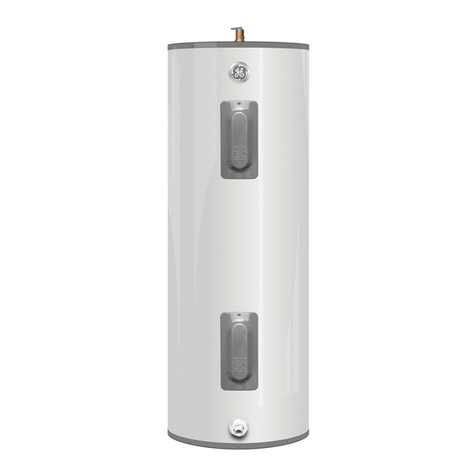
GE
GE AP12170-4 User manual
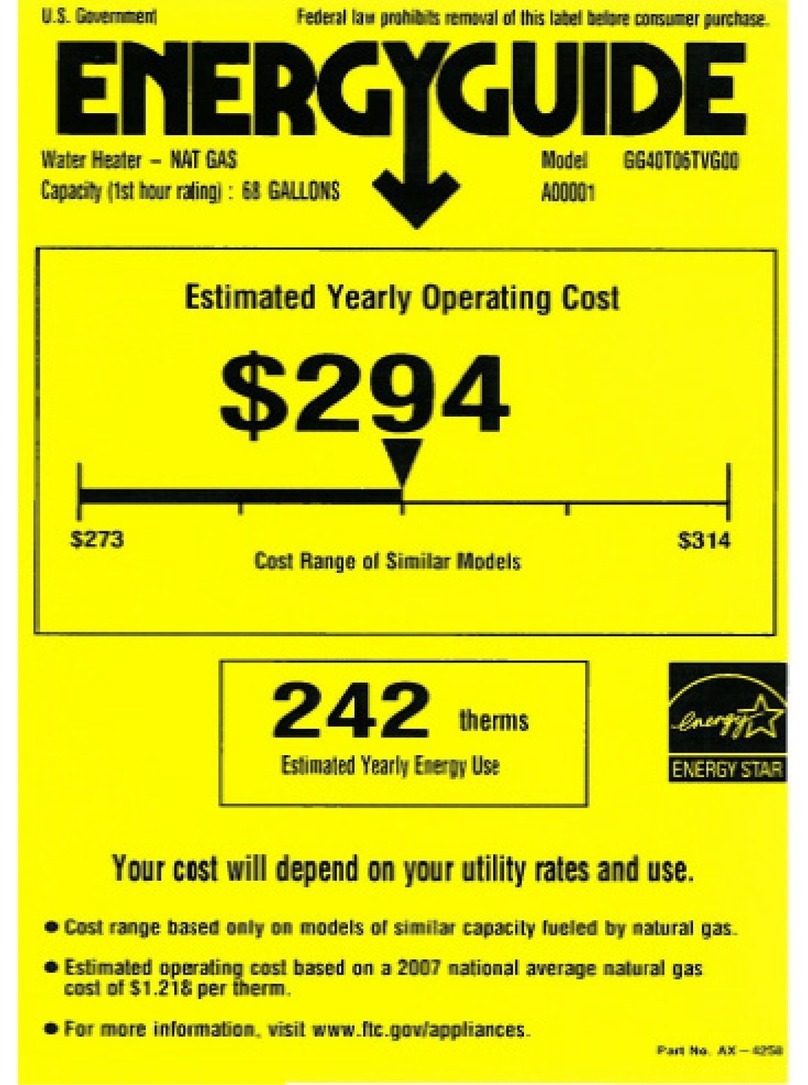
GE
GE GG40T06TVG Assembly instructions
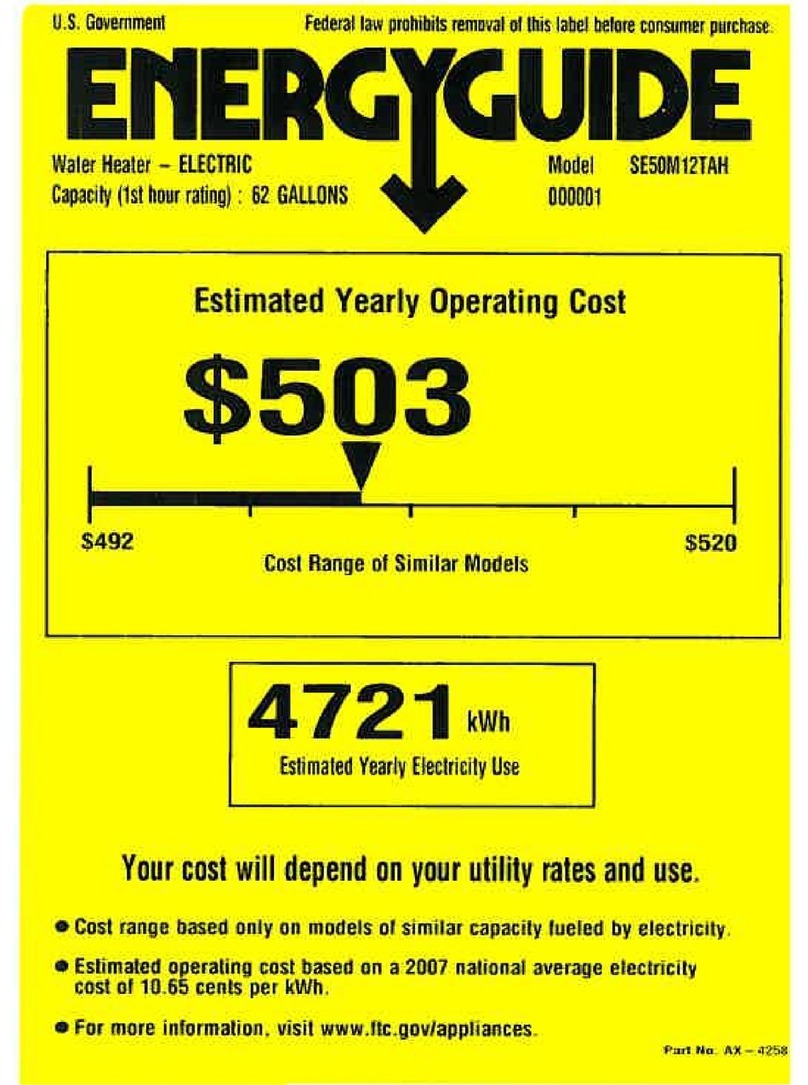
GE
GE SE50M12TAH Assembly instructions
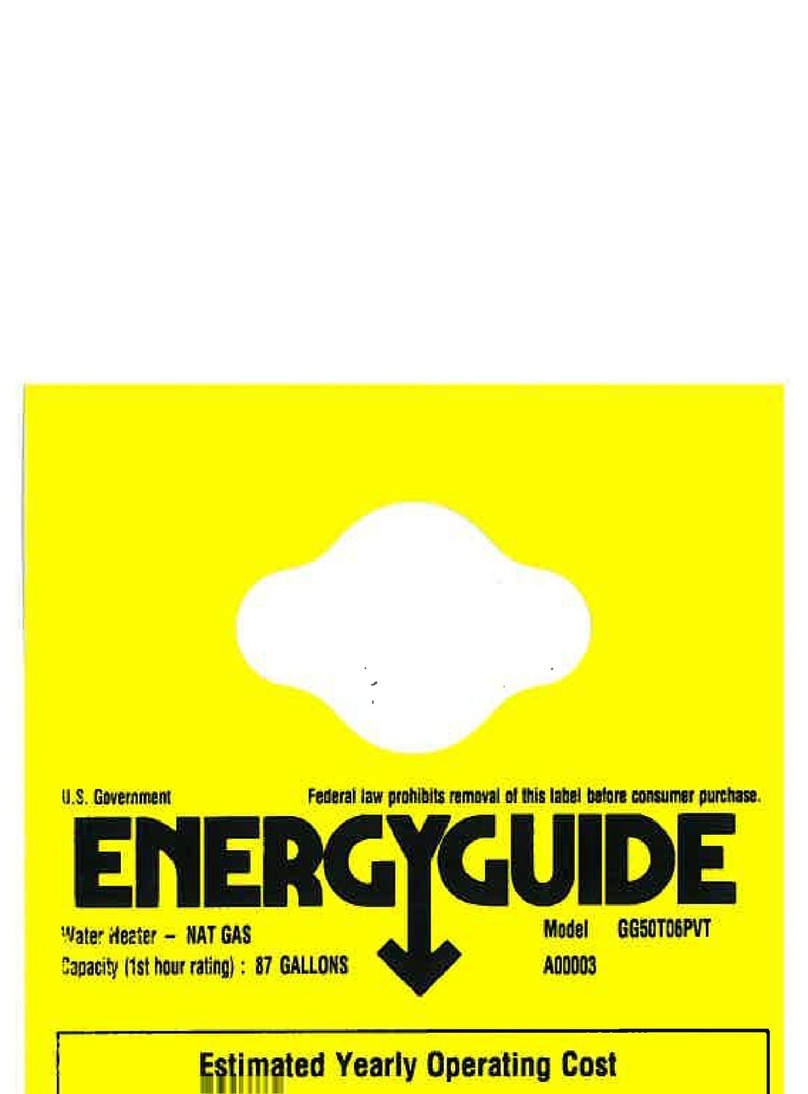
GE
GE GG50T06PVT Assembly instructions
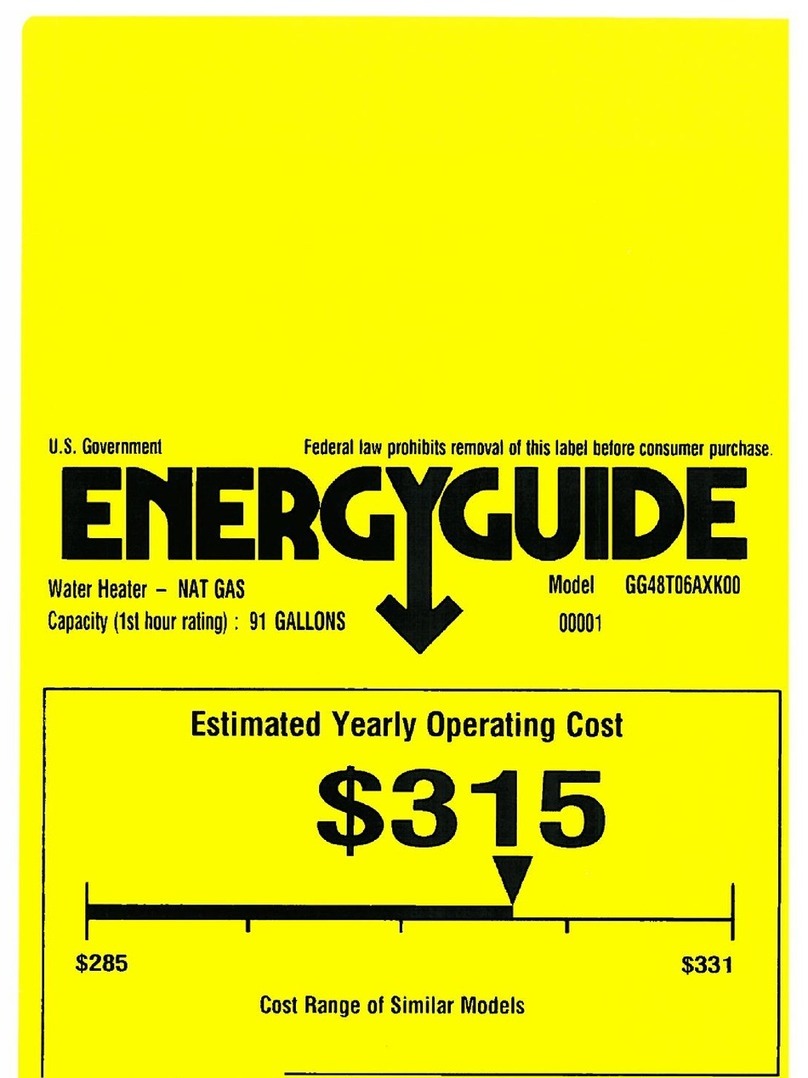
GE
GE GG48T06AXK Assembly instructions
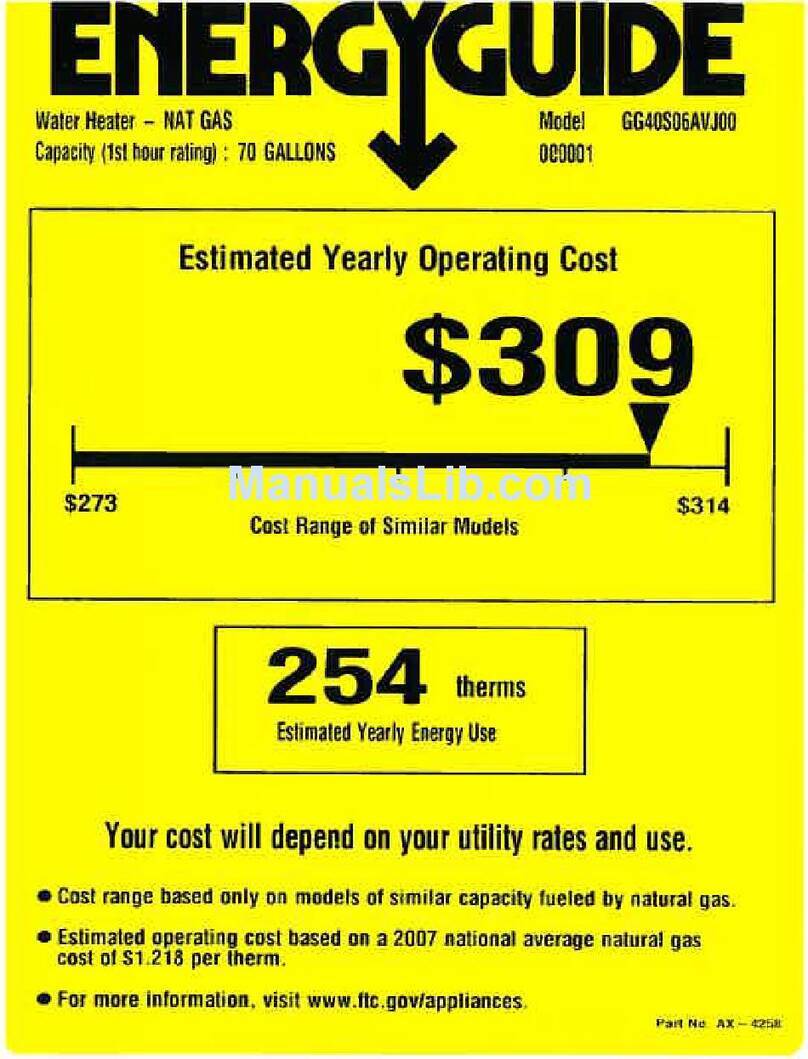
GE
GE GG40S06AVJ Assembly instructions
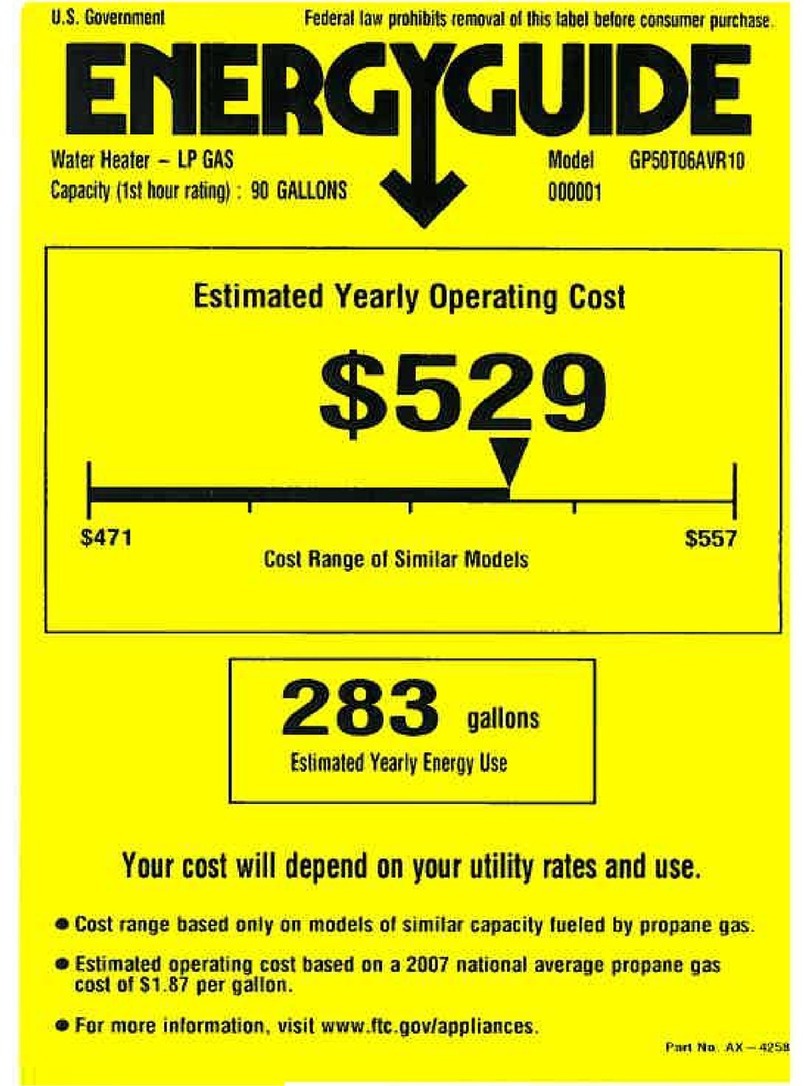
GE
GE GP50T06AVR Assembly instructions
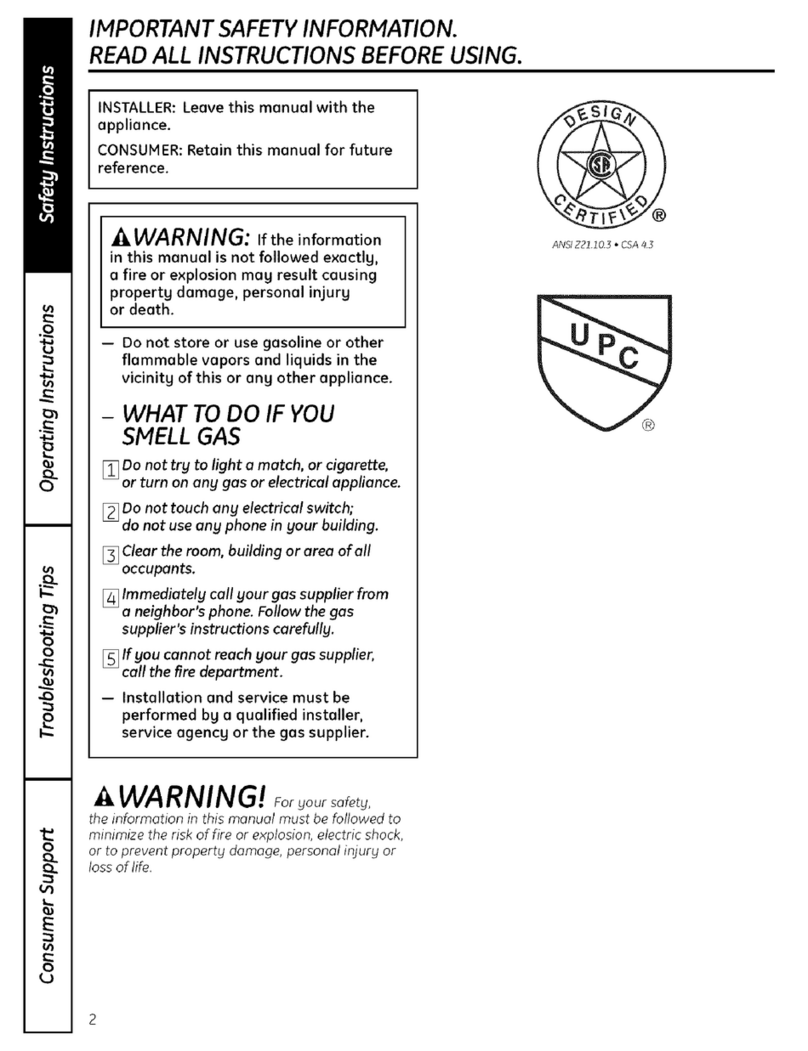
GE
GE GN75DNSRSA01 User manual
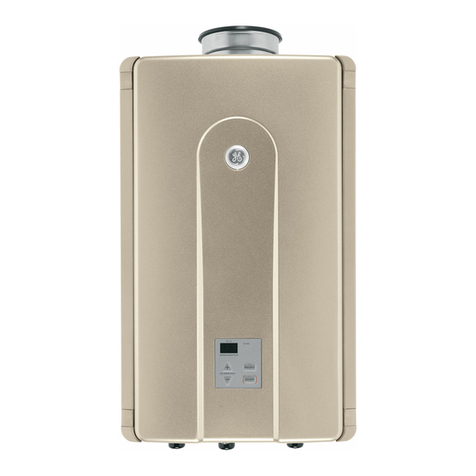
GE
GE GN75DNSRSA User manual
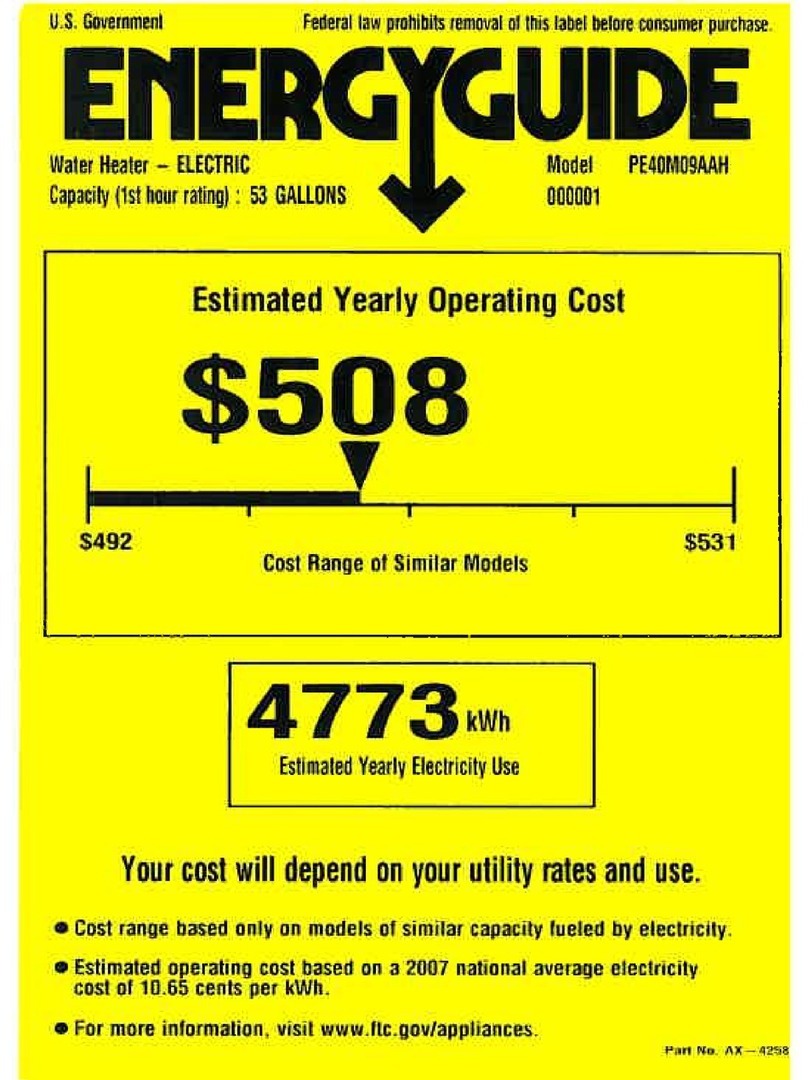
GE
GE PE40M09AAH Assembly instructions
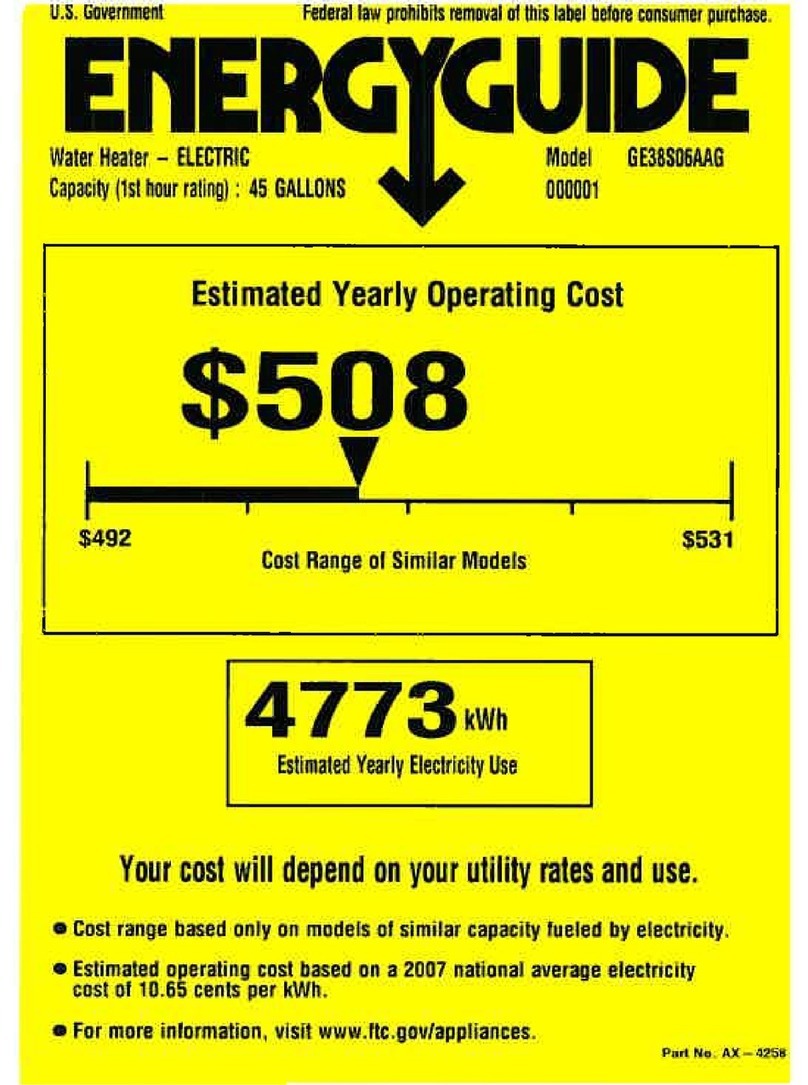
GE
GE 38S06AAG Assembly instructions

GE
GE PG48T09AXK Assembly instructions

GE
GE GG75T06ASK Assembly instructions
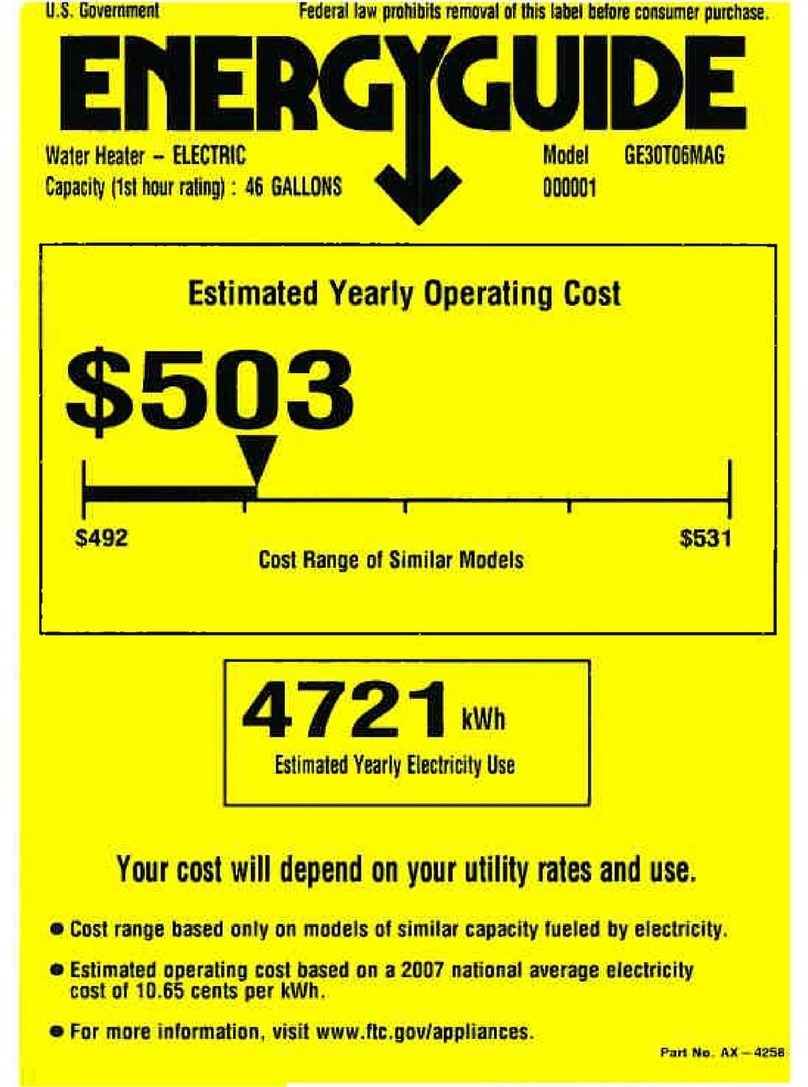
GE
GE GE30T06MAG Assembly instructions
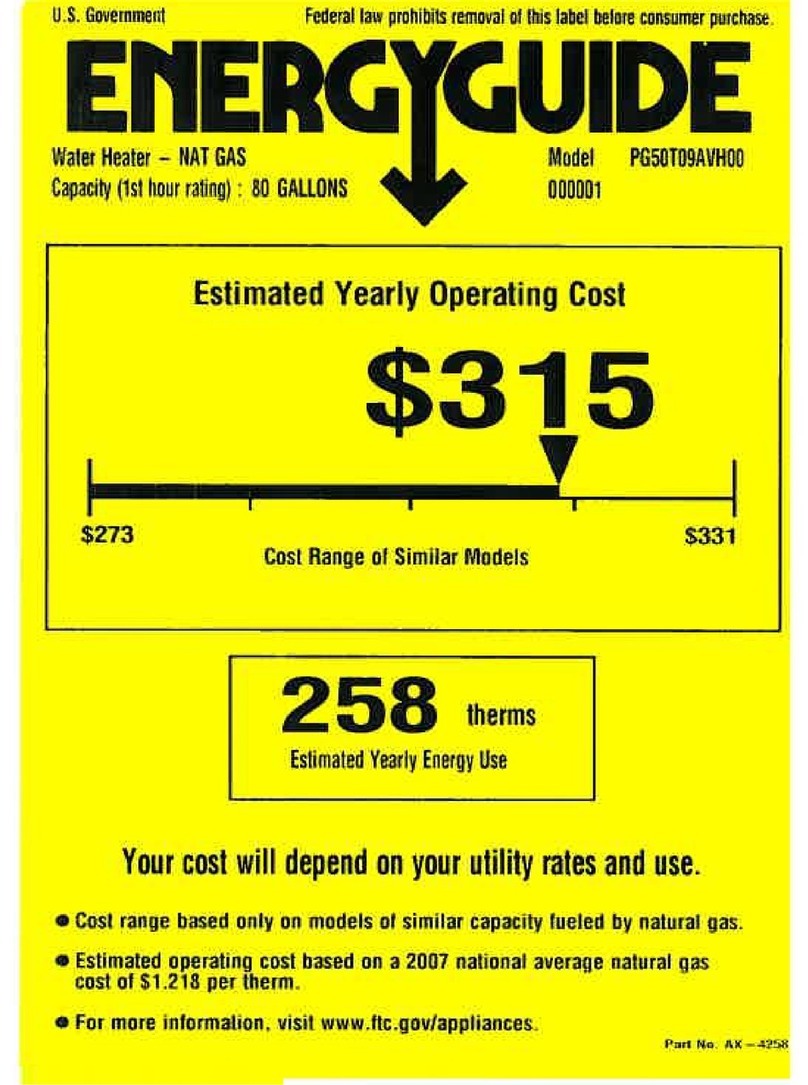
GE
GE PG50T09AVH Assembly instructions

GE
GE GeoSpring GEH50DNSRSA Original instructions
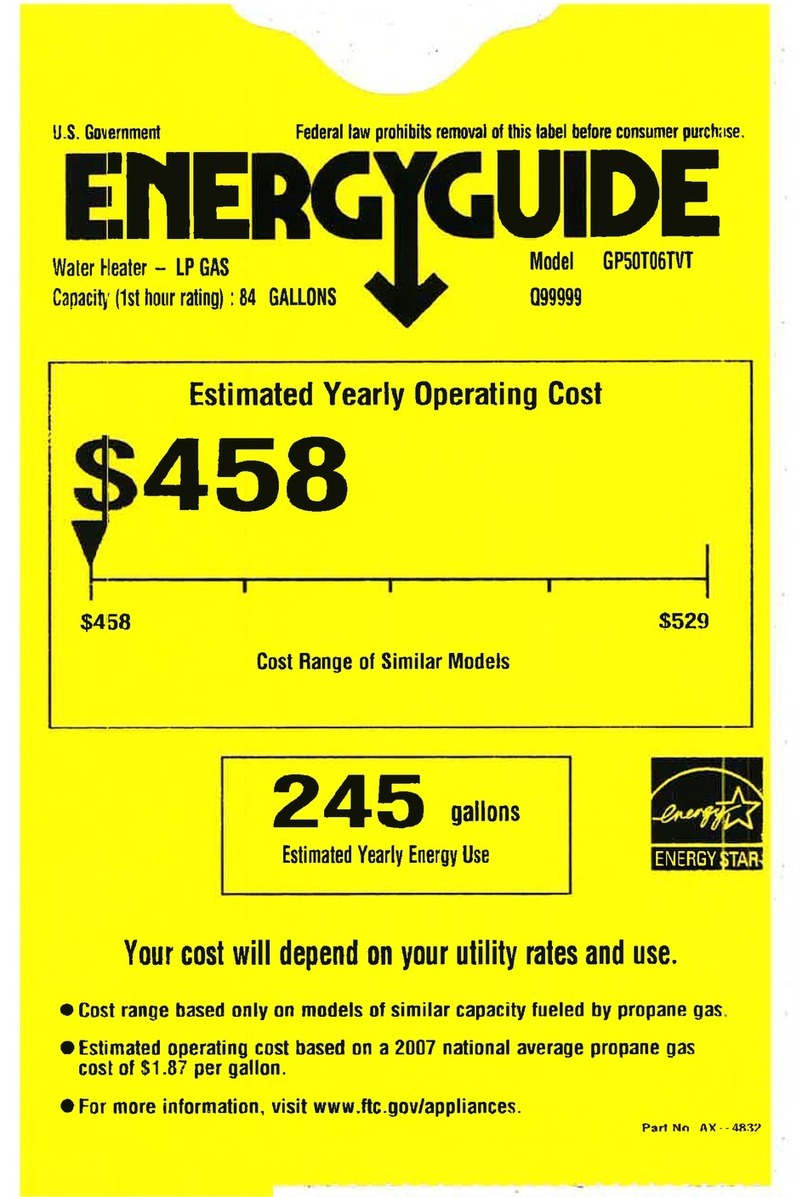
GE
GE GP50T06TVT Assembly instructions
Popular Water Heater manuals by other brands

clage
clage German pool CEX13 operating instructions

Noritz
Noritz proTough NR98SV installation manual

DeDietrich
DeDietrich KALIKO TWH 200 EV Installation and service manual

veito
veito FLOW Installation and operating instructions

ICI Caldaie
ICI Caldaie COSMOGAS AGUATANK 150 Instructions for installation, use and maintenance manual

Savio
Savio Laser 11 A Instruction manual for installation and use

Kenmore
Kenmore 153.582400 Use & care guide

STIEBEL ELTRON
STIEBEL ELTRON Eltronom SHU 5 S Operating and installation instructions

clage
clage E-Mini Series Operating and installation instructions

Solar
Solar SunX 317365-002 instruction manual

Bradford White
Bradford White EF Series Service manual

Dimplex
Dimplex ECSd125-580 Installation and user instructions

Dux
Dux 32FCR6N installation manual

Noritz
Noritz N-132M Owner's guide and installation manual

TESY
TESY GCV7/4S 10047 Instructions for use and maintenance

A.O. Smith
A.O. Smith Gphe 50 instruction manual

Rinnai
Rinnai REP199i Installation and operation manual

Toyotomi
Toyotomi Oil Miser OM-148 (Type D) Operation and maintenance instructions
